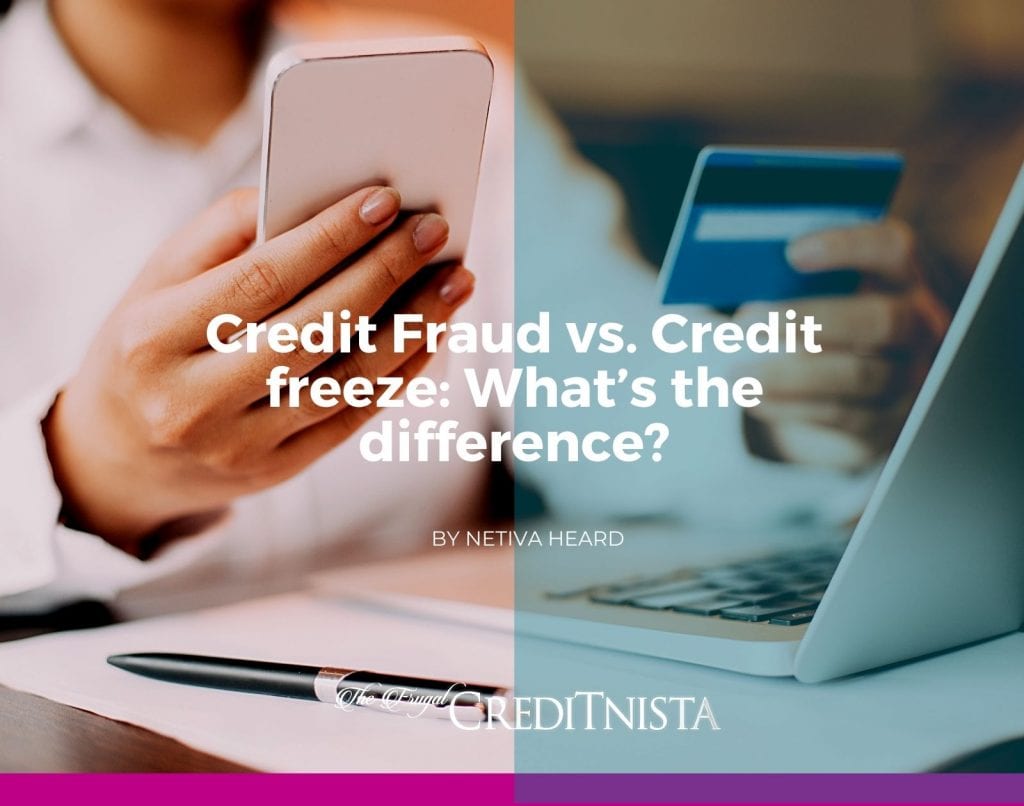Identity theft is a major problem.
Reports indicate that roughly 7% of American adults have been victims of identity theft at some point in their lives. In fact, identity theft scams cost Americans over $16.9 billion in 2019.
Do you have a similar experience?
Identity theft is the first step in the scheme of several heinous crimes. As a consumer, you should be aware of the most common types of fraud and preventive measures for the same.
We’re going to take a look into credit fraud, credit fraud alerts, and credit freeze.
Let’s get started!
Understanding credit fraud to protect yourself
Identity theft can lead to multiple types of fraud. Some of the common ways fraud artists operate include:
- Credit card fraud: A considerable number of Americans have been a victim of credit card fraud. It can be anything between stolen cards, counterfeit costs, or doctored credit cards.
- Application fraud: This kind of fraud involves applying for new credit using your personal information. The fraudster doesn’t steal your credit card or money but instead access your personal details illegally.
- Account takeover: Account takeover frauds are victimizing millions of Americans. This type of fraud involves a fraud artist gaining access to your personal information by stealing mail, hacking into your online accounts, and using these details to take over your account. He can then ask for an address change and new card issuance without you even noticing.
What is the difference between credit fraud alerts and credit freeze?
Considering the growing number of frauds, you should be aware of the preventive measures in place to protect your information.
- Credit fraud alerts: A credit fraud alert is simply a warning on your credit records for lenders. If you have a credit fraud alert in place, every lender will verify your identity before approving your application. In short, you get a heads up call before something goes wrong.
- Credit freeze: A credit freeze puts a restriction on your credit records. A lender cannot access your credit profile without getting permission or authorization from you. You can unfreeze your credit records when applying for new credit or if a lender, employer, or landlord needs access to your credit score.
Credit fraud alerts
Credit fraud alerts act as the first line of defense against identity fraud. You can set up a credit fraud alert by merely contacting one of the major bureaus. Your chosen bureau is required to forward your request to other major bureaus.
There are different types of fraud alerts you can place on your report, including:
- Initial (90-day) alert: An initial fraud alert lasts for 90 days. You have to renew it after the set duration else it expires.
- Active duty alert: An active duty alert is suitable for veterans who are about to be deployed. The duration of active duty alerts starts from one year to as long as you’re deployed.
- Extended fraud alert: An extended fraud alert is designed for people who have been victims of identity theft. This alert lasts for up to seven years. In order to file an extended alert, you need to fill out the paperwork with individuals bureaus. You’ll also require a police report or FTC (the Federal Trade Commission) online form to indicate an identity theft incident.
Here is how you can set up a fraud alert for different bureaus.
- Start by contacting one of the credit bureaus. Your chosen bureau is required to report the same to other bureaus, but you can contact individual bureaus as well.
- Depending on the type of fraud alert, you’ll have to fill an online form or mail a written fraud alert request to the bureau.
- If you need to remove a credit fraud alert, you can either let your alert expire or contact the designated bureau for the same.
There are no charges for placing credit fraud alerts on your credit records.
Credit freeze
A credit freeze is suitable for someone who has already been a victim of identity theft or has his or her information exposed through a security breach. In order to put a credit freeze, you have to contact individual bureaus.
Here are the steps you need to take to freeze your credit:
- The first step is to contact individual credit bureaus for placing a credit freeze request.
- Experian: Here is the link for Experian.
- Equifax: Here is the link for Equifax.
- TransUnion: Here is the link for TransUnion.
- You’ll need to provide some essential information to each bureau before placing a credit freeze. These details include your name, address, date of birth, and social security number. Also, you may have to answer questions related to your previous residence or similar details.
- You’ll either have to set a PIN or be provided with one for future credit freeze requests.
- It usually takes one business day to process a credit freeze request.
Whenever you need to provide lenders access to your credit score, you can use a PIN (Personal Identification Number) to thaw your credit profile. You can choose between a temporary unfreeze or permanent unfreeze. You can use the same PIN to refreeze your credit records later.
Credit freeze and thaw were chargeable in the past, but a recent ruling has made these services free.
A credit freeze can help you protect your financial information from several threats, but there are some limitations.
- Credit freeze protects you from unauthorized credit accounts, but it doesn’t stop scammers from stealing your identity. They can still file fraudulent health insurance claims or tax returns using your details.
- A credit freeze can delay access to credit. Every time you apply for a loan, you’ll have to thaw your credit profile for the lender to access it.
Conclusion
When it comes to identity theft, most users are unaware of any fraudulent activity until its too late. Taking some precautionary steps to safeguard your financial information is a good practice. Both credit freeze and credit fraud alerts are preemptive measures to protect your credit records, so don’t hesitate to practice them!
Hope this helps!









